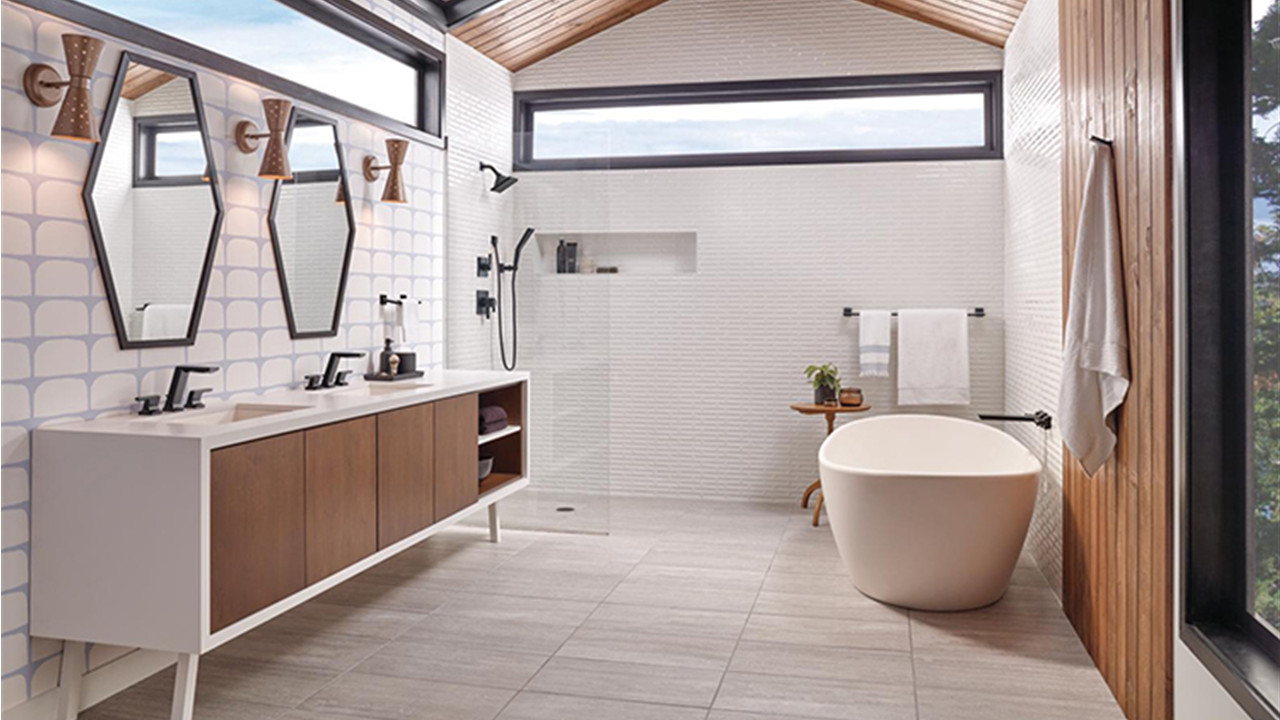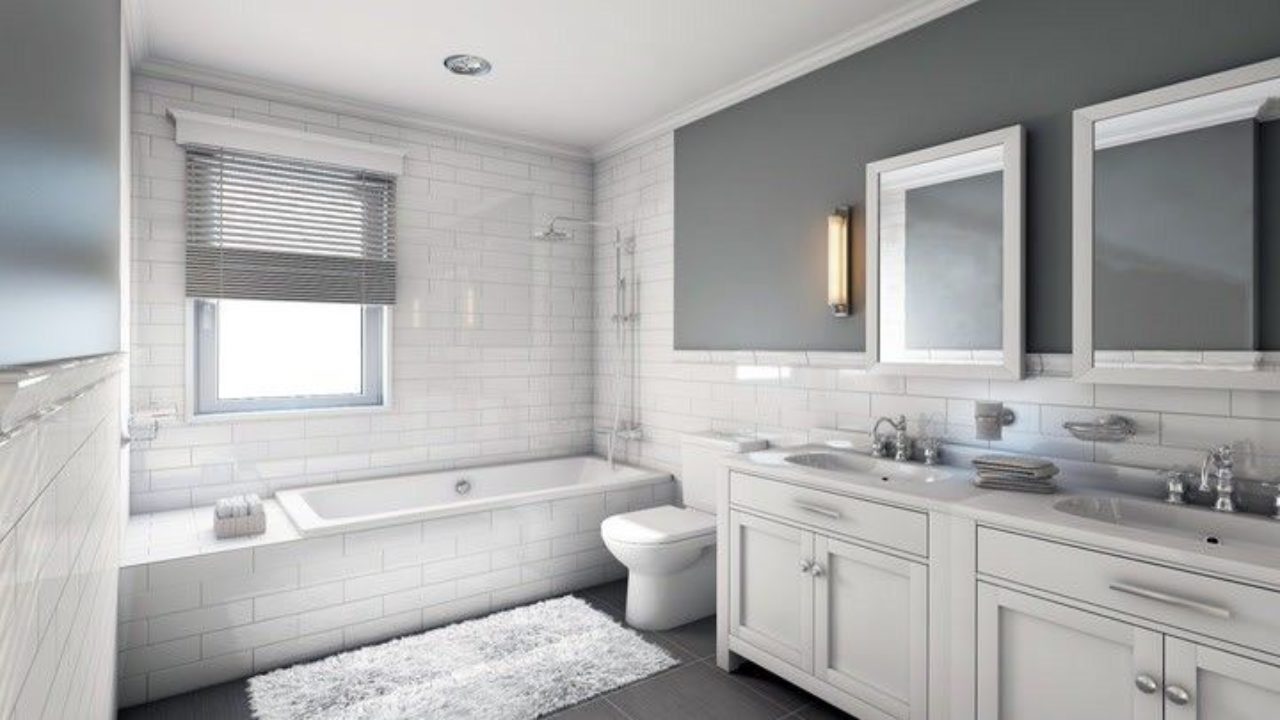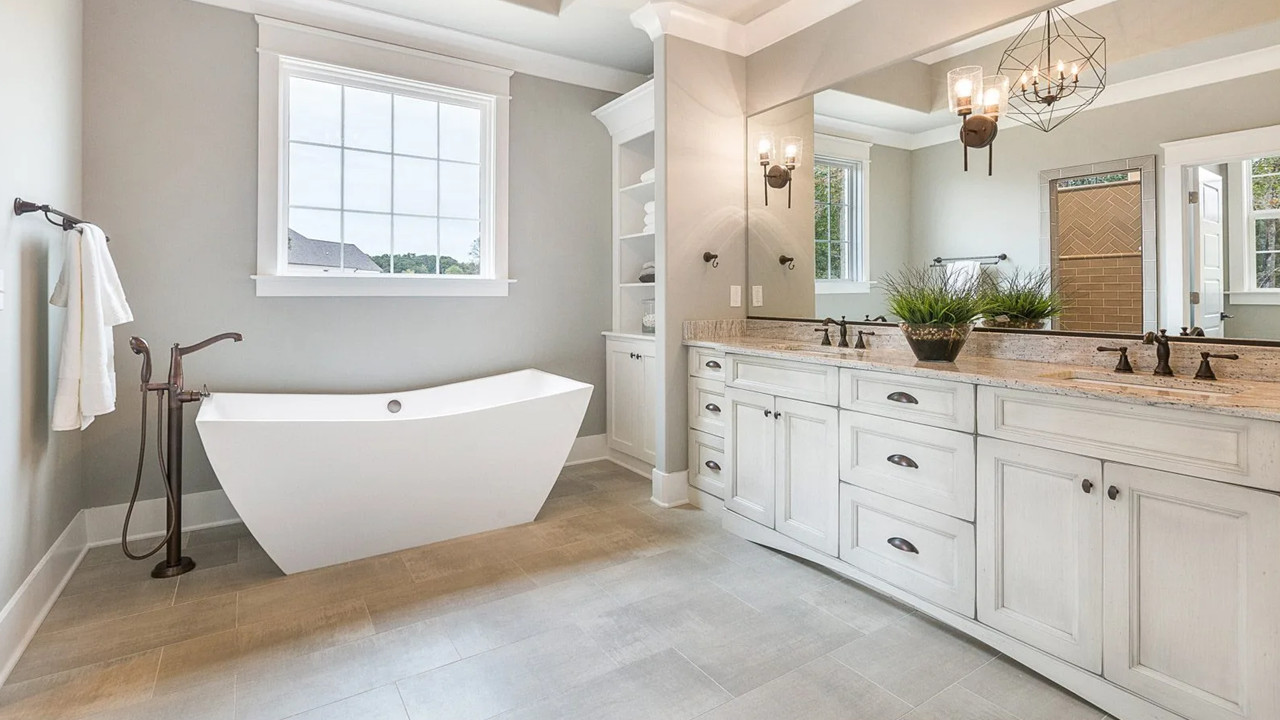Bathroom remodeling has become a popular way to increase the value of one’s home. While many homeowners choose to make simple changes like adding or removing cabinets, upgrading countertops or sinks, or reconfiguring space, other renovations are more complex. Toilet replacement is one type of bathroom remodel that can be necessary for anyone who needs to install a new toilet system due to damage (such as flooding) or simply because their current toilet is old and inefficient.
Here are some tips for selecting the right bathroom remodels and bathroom fixtures.
1. Determine your need to replace
Do you have an aged toilet that frequently malfunctions? Do you live in an area with hard water buildup? Does your toilet need to be reconfigured? Perhaps you want a more efficient, water-saving toilet. While all of these reasons may require replacement, not all will impact your bathroom in the same way.

2. Learn about different toilet types and their functions
There are several types of toilets available on the market today: Standard Toilet – This type is a regular height and depth fixture with a round bowl. They’re usually paired with a standard tank system that houses the flushing mechanism and associated parts. Wall Hung Toilet – These fixtures have an elongated bowl mounted to a wall next to or behind it instead of resting over a floor-mounted pedestal mount.
3. Decide between gravity-fed or pressure-assisted toilets
When installing a new toilet, you have two systems to choose from – gravity-fed or pressure-assisted. Gravity-fed toilets are older fixtures that pull water up into the bowl after each flush. Pressure assisted models use air to push water into the bowl when needed, which means less turbulence, so they require less power per flush than their gravity-fed counterparts.
4. Additional options for updating your bathroom
Manufacturers offer many different styles in addition to standard floor-mounted toilets for any number of applications, including ADA compliant handicap accessible units, one-piece wall tub/shower combos, and space-saving corner models, to name a few.
5. Replacing an old toilet can be more financially beneficial than upgrading with efficiency in mind
Replacing an old, inefficient fixture with a newer model of the same size and type is less of an investment upfront than completely updating your bathroom. If you choose to update your bathroom fixtures, your new purchases should be significantly more efficient than the originals if you plan on making up the difference over time.

6. Consider what style works best for different parts of your home
A single-family residence will likely require one or two toilets, while multifamily buildings may use more depending on how many bathrooms are available per unit. Commercial applications like apartments and office buildings usually have flush systems designed to handle large users and cleaner, more powerful water than residential models.
7. These considerations should influence your replacement decisions
Cost Efficiency Style/Looks Lifetime The type of flush system you choose can depend on how much water is available for flushing and the number of people who will use it over time. The style you select will certainly be a personal choice based largely on taste but may also be influenced by other factors such as how accessible a fixture has to be for wheelchair or walker-bound folks. Lasting a lifetime requires proper installation and routine maintenance, so look for high-quality parts made specifically for your make and model, handle corrosion slowly, resist damage from hard water minerals, and provide drainage channels to prevent overflowing.
When replacing an old toilet, make sure to consider how accessible it needs to be and the number of people who will use it over time. The style you select may also be influenced by other factors, such as how many bathrooms are available per unit.



